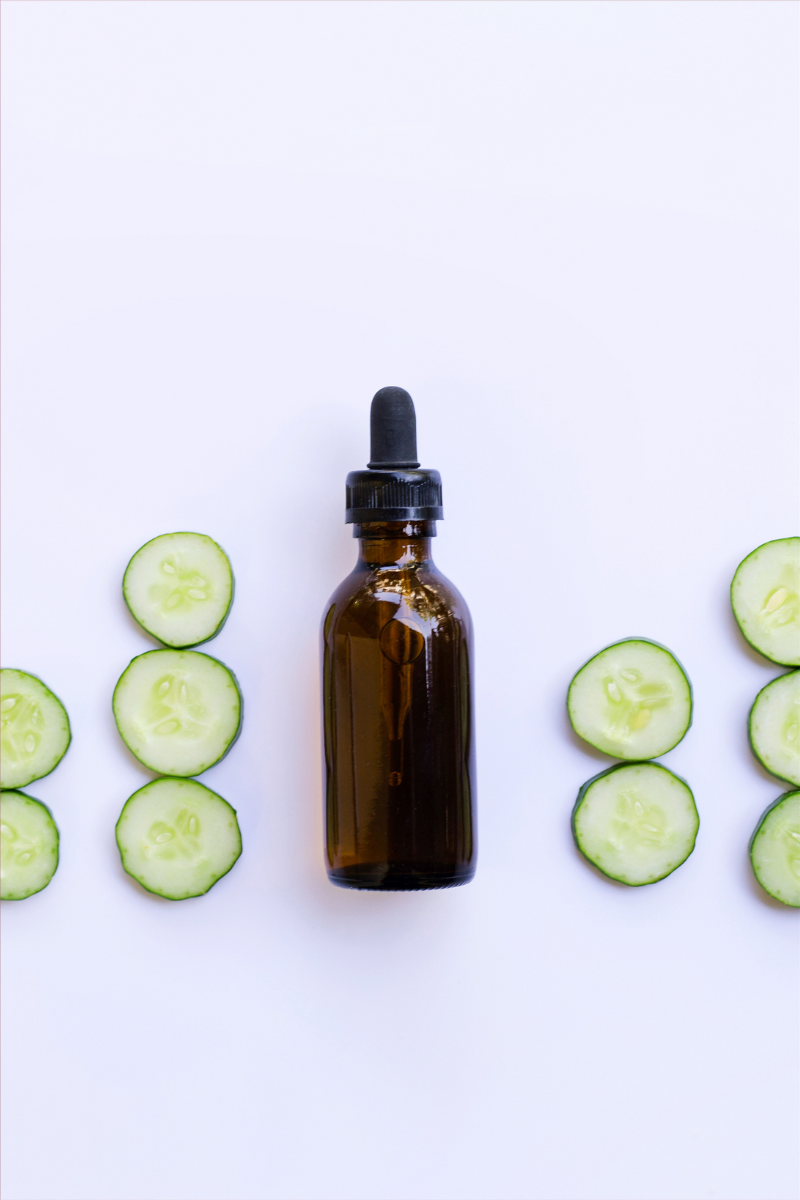
There are several reasons why replacing plastic with safer alternatives can be beneficial:
- Health Concerns: Plastics contain endocrine disruptors linked to hormone problems and they can be especially harmful to our children. Plastic chemicals have also been linked to obesity and infertility.
- Environmental Impact: The chemicals in plastics have thoroughly polluted our environment, especially oceans. Moreover, phthalates, used to enhance the suppleness, flexibility, and longevity of plastics, leach out of plastics into food, water, and the environment.
- Sustainability: Replacing plastic in your everyday life can reduce your carbon footprint. However, it’s important to note that not all plastic alternatives are created equally, and some may have a carbon footprint up to 3 times higher than plastics themselves.
- Eco-friendly Alternatives: There are several eco-friendly alternatives to plastics available such as organic cotton bags, silicone products without plastic fillers, beeswax-coated fabric, and natural cloth. Some companies have also begun selling biodegradable plastic bags.
Let us discuss toxic cookware:

Certain types of cookware can indeed be harmful due to the materials they are made from. Here are some examples:
- Teflon Coated Cookware: Some nonstick pans are sealed with a Teflon coating that can contain PFOA (perfluorooctanoic acid) or PTFE (Polytetrafluoroethylene), which can create toxic fumes when heated. These toxic fumes may cause what is known as “polymer fume fever.” Symptoms include breathing difficulty, fever, and sore throat.
- Aluminum Cookware: Home cooks often opt for disposable pans, and muffin and bread tins. However, these single-use options may increase the risk of aluminum exposure, as it might leach from the foil or cookware into food.
- Copper Cookware: Copper cookware conducts heat well and contains copper, which similar to iron has nutritional value for people. However, copper can leach into your food in amounts that aren’t safe to consume.
- Plastic Utensils: Plastic utensils may contain Bisphenol-A (BPA) and other hormone disruptors, which can leach into your food when cooking.
When it comes to non-toxic cookware, there are several options that prioritize health and safety without compromising on quality. Here are some of the best non-toxic cookware options available:
- Stainless Steel: Look for high-quality, nickel-free options like the HOMICHEF 10-Piece Set. Stainless steel is durable and typically free from harmful coatings.
- Ceramic-Coated Cookware: Brands like Caraway offer nonstick ceramic cookware sets that are free from PFAS, PTFE, and other toxic substances. They’re known for their colorful designs and are oven-safe.
- Cast Iron: A classic choice that is naturally non-stick when seasoned properly. It’s also free from synthetic coatings.
- Carbon Steel: Similar to cast iron, carbon steel pans are durable and free from chemicals if seasoned correctly.
- Pure Ceramic: Brands like Xtrema offer 100% ceramic cookware that doesn’t contain any metal and is free from all toxic coatings.
Remember to look for cookware that is explicitly labeled as free from PFOA, PFOS, and PTFE. These substances have been linked to health concerns and are often found in traditional non-stick coatings. It’s also a good idea to replace any cookware that is scratched or damaged, as it can potentially release harmful substances during cooking.
For a more detailed look at non-toxic cookware options and to find the best fit for your needs, you might want to check out the comprehensive reviews and guides provided by sources like Food Network and Organic Authority. They’ve tested various brands and offer insights into performance, durability, and health safety. Happy cooking with your new, safer cookware!
It’s important to note that while some of these chemicals may not leach into food at levels high enough to cause standalone harm, the accumulation of toxins can lead to concern. Therefore, it’s recommended to use safer alternatives and follow best practices when choosing cookware.




